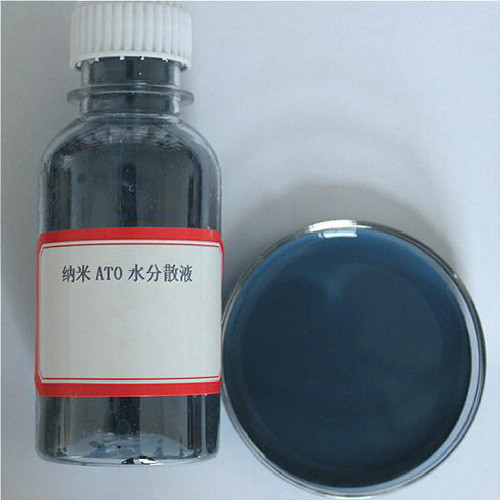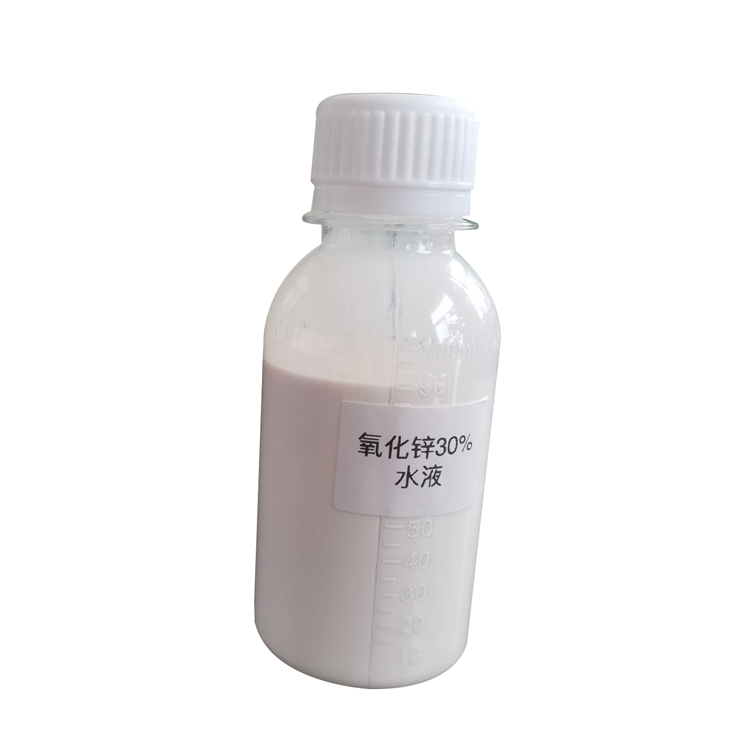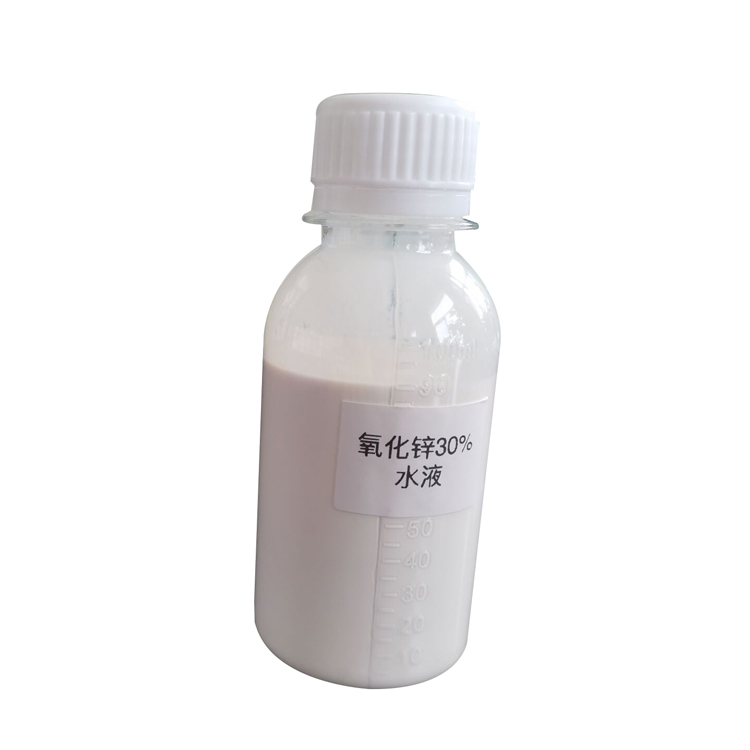Introduction:
In recent years, ultrafine powders have become increasingly popular in a variety of industries, including pharmaceuticals, cosmetics, and electronics. However, these powders can pose challenges when it comes to handling, processing, and achieving targeted applications. One effective solution to these challenges is using surface coating methods. In this blog post, we will discuss the various surface coating methods that can be used to improve the properties of ultrafine powders.
Method 1: Physical Vapor Deposition (PVD)
PVD is a process that involves transferring materials from a source to a substrate using a vacuum. This method is useful for producing ultra-thin coatings on powders to improve their properties. PVD allows for accurate control of the coating thickness, uniformity, and quality, making it ideal for high-value applications such as semiconductors and medical devices.
Method 2: Chemical Vapor Deposition (CVD)
CVD is another process that involves transferring materials from a source to a substrate. However, in this method, the materials are transported in a gaseous state rather than a vacuum. This process is useful for applying uniform coatings to ultrafine powders with complex shapes. CVD is often used in the production of ceramics, metals, and advanced materials used in aerospace and biomedical applications.
Method 3: Sol-Gel Coating
Sol-gel coating is a method that involves the formation of an inorganic network from a liquid precursor. This method can be used to coat ultrafine powders with various materials such as metal oxides, silica, and hybrid organic-inorganic materials. Sol-gel coatings are ideal for applications that require high durability and heat resistance, like automotive and aerospace coatings.
Method 4: Polymer Coating
Polymer coating is a method of surface treatment that involves depositing a thin film of polymer on the surface of ultrafine powders. This method can be achieved through various techniques, such as electrostatic precipitation and spray drying. Polymer coatings can provide ultrafine powders with properties such as improved flowability, stability, and solubility.
Conclusion:
In conclusion, ultrafine powders offer an array of benefits, but their processing can be challenging. Surface coating is an effective solution for enhancing the properties of these powders, improving their performance, and extending their applicable scope. The methods discussed in this blog post- PVD, CVD, sol-gel, and polymer coatings- are just a few examples of the many surface coating options that are available for ultrafine powders. Whether you are in the pharmaceuticals, cosmetic, or electronic industry, surface coating could make the difference in the success of your product.

























